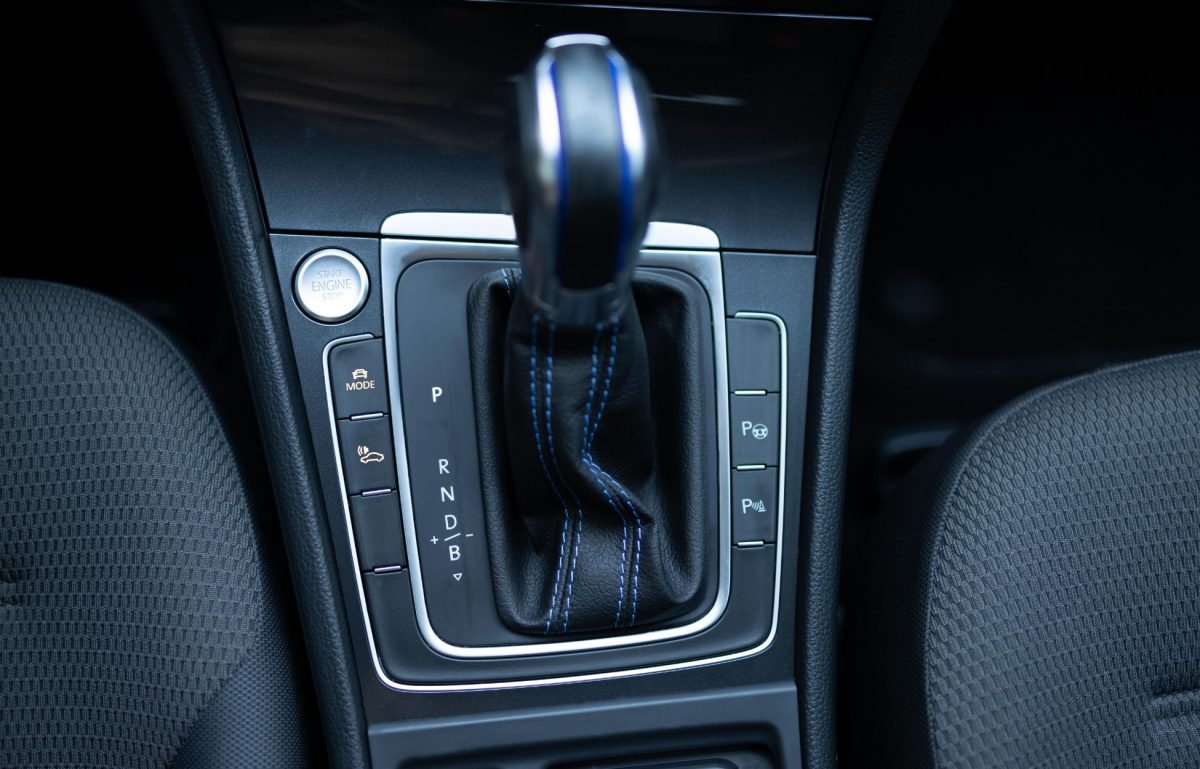Automotive transmissions are complex machines composed of large and small components. Each part plays an integral role in power distribution.
While the larger elements often overshadow the others, the tiny transmission parts you didn’t know about are just as valuable. Read on to expand your automotive knowledge and give these transmission components the recognition they deserve.
Sprag clutch
The sprag clutch is a unidirectional device that allows free rotation in one direction while effectively locking in the opposite direction. Commonly found in automatic transmissions, it plays a crucial role in the operation of the torque converter. It ensures the power transfers smoothly without slippage.
Transmission pump
The transmission pump is a valuable component of a vehicle’s gearbox. It plays a crucial role in maintaining an easy-going flow of transmission fluid and operates tirelessly whenever the engine runs. This part generates hydraulic pressure to facilitate gear shifting and provide lubrication to the moving parts.
Without the consistent performance of the transmission pump, the intricate network of gears and clutches within the transmission would suffer from insufficient lubrication and cooling. This insufficiency could result in eventual transmission failure.
Synchronizers
The synchronization system operates in manual transmissions by allowing gears to mesh without the harsh grinding due to mismatched speeds. Synchros are essentially synchronizer rings that help equalize the speed of the gear with that of the output shaft before the vehicle fully engages the gear.
These brass or steel rings have a friction material coating, allowing them to bring the spinning parts to the same speed quickly and efficiently. When a driver shifts gears, the synchros adjust the rotational speeds to prevent gear clash, ensuring a seamless transition that contributes to the overall driving experience.
Regular wear can lead to synchro rings losing their effectiveness—prompt maintenance safeguards the intricate dance of gears within a manual transmission.
Shift forks
Shift forks play a critical role in both manual and certain automatic transmission systems. They are responsible for engaging gears, sliding collars, and responding to the driver’s gear selection.
Constructed from hardened steel, these forks endure constant motion and force. Their precisely shaped design allows them to fit into grooves on the sliding collars, ensuring precise positioning and connection with the desired gears.
The condition of the shift forks is crucial for smooth gear changes. Any wear and tear on them can result in difficult or imprecise shifting, impacting the overall transmission performance of a vehicle.
Valve body
The final tiny transmission part that you may not have known about is the valve body. It’s a complex network of channels, and it’s one of many essential automatic transmission components many drivers overlook. The valves direct transmission fluid to various valves to engage the correct gear.
Integral to the hydraulic control system, it contains a maze-like series of passages and solenoids that control the fluid flow and regulate pressure to the clutches and bands. It responds to the vehicle’s speed and engine load to adjust shifts for optimum performance and fuel efficiency.
A transmission cannot function without each part, big or small. Taking the time to learn more about transmissions will allow you to prevent future issues and consistently drive a functional vehicle.













